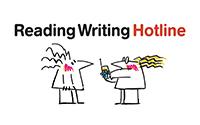20 Nov Online Learning, Digital Isolation and COVID-19
Online Learning and Digital Isolation Report
During the COVID-19 lockdown, face-to-face classes ceased. For most, this involved fast-tracking the complicated process of moving materials and lessons online and threw many of us, teachers and learners alike, into the deep end when it came to online learning. This created inequalities between those learners who could function adequately and those who couldn’t. Some students learnt new digital skills and the door was opened to those not previously able to attend colleges. Others were unable to continue studying as the learning curve was too steep. The social services sector has observed that this requirement for an additional kind of literacy compounds social disadvantage.
Many things will forever change once the pandemic is over. The trend in education is towards maintaining online learning, but in literacy/numeracy education, this requires careful consideration, which was not afforded early in the pandemic. Government services and forms are rapidly shifting online, and many more courses may also go online. Extra funding is needed to ensure there is equitable learning opportunities via face-to-face or distance alternatives for all courses.
Feedback from the Language, Literacy and Numeracy sector is that many adults do not have the skills, understanding or access to technology to succeed in education. Employers are also requiring employees to use more digital practices, needing additional training. Whilst there is a drumbeat for online learning, it is important to be reminded that it does not meet the needs of all learners, particularly those experiencing disadvantage and may undermine the basis for community education impacting social connection.



